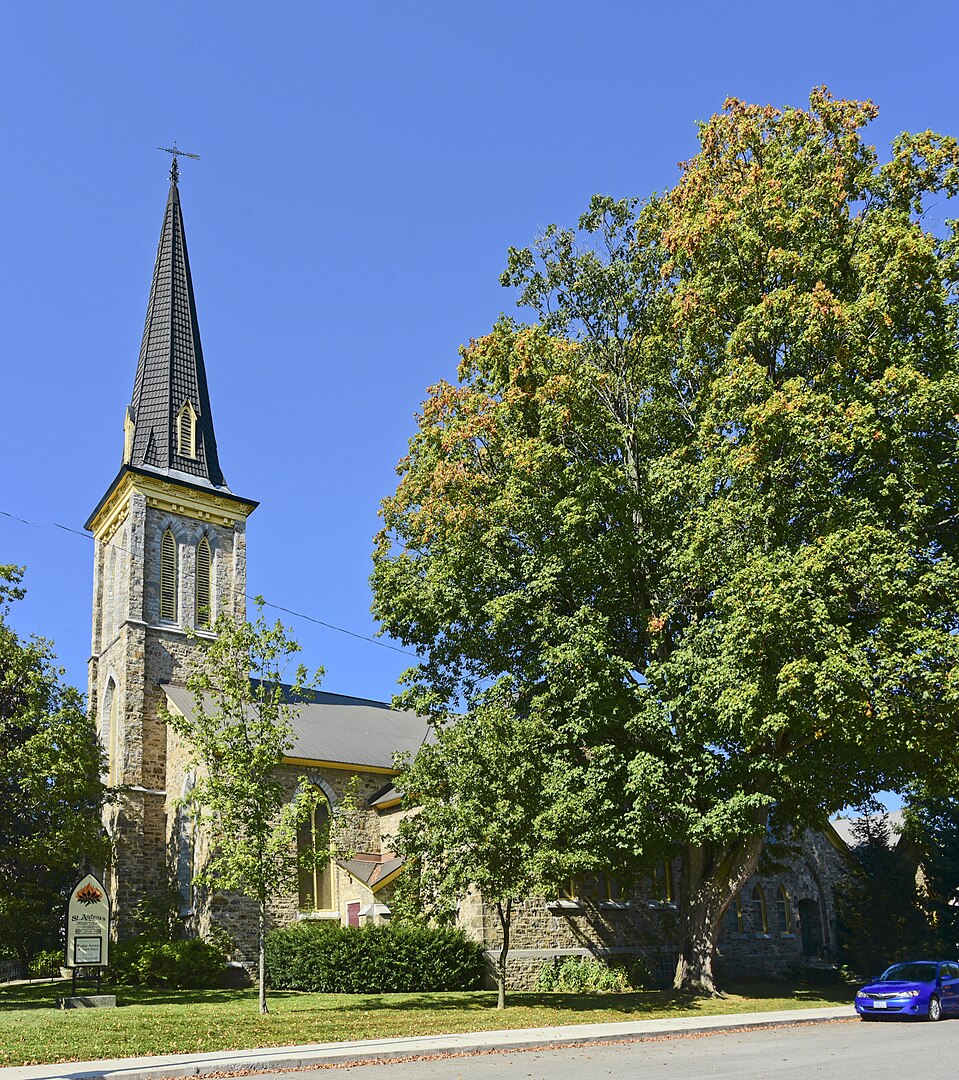
Gananoque
St Andrew’s Presbyterian Church
1855
Belleville has a few examples of Gothic Revival architecture, mainly found in churches and institutional buildings. The St. Thomas Anglican Church (1853) is a notable example, featuring pointed arches, lancet windows, and a steep roof typical of the style. Belleville’s historical churches and some public buildings reflect the Gothic influence, although it’s not as prominent as in larger cities.
Gananoque, known for its riverside charm, doesn’t have many notable Gothic structures, but some local churches, such as Grace United Church, feature Gothic elements like pointed windows and spires. The town’s architecture is more focused on traditional Victorian and Georgian styles, but small-scale Gothic touches can be found in religious buildings.
Guelph has a stronger Gothic architectural presence, most notably with the Basilica of Our Lady Immaculate (1877). This iconic structure is a classic example of Gothic Revival architecture in Ontario, with its twin towers, pointed arches, and intricate stone carvings. Other local churches and public buildings in Guelph also exhibit Gothic design features, giving the city a distinct historical atmosphere.
Hamilton boasts several prominent Gothic Revival buildings. The Church of the Ascension and St. Paul’s Presbyterian Church are excellent examples, showcasing typical Gothic features like pointed arches, ribbed vaults, and stained glass windows. The architecture in Hamilton’s downtown and surrounding areas reflects its Victorian-era prosperity, with several buildings influenced by Gothic and other revival styles.
Kingston is rich in Gothic Revival architecture, particularly in its churches and university buildings. St. Mary’s Cathedral and Chalmers United Church are prime examples of Gothic design, with pointed arches, buttresses, and stained glass windows. Many of Queen’s University’s older buildings also feature Gothic elements, contributing to Kingston’s historical and academic charm.
London, Ontario, has numerous Gothic Revival structures, especially in its churches and institutional buildings. St. Peter’s Cathedral Basilica is a significant Gothic Revival landmark with its towering spires, pointed arches, and intricate stonework. The city also features several other religious and civic buildings with Gothic design elements, contributing to its rich architectural heritage.
Moose Factory, being more remote and historically connected to the Hudson’s Bay Company, has limited examples of Gothic architecture. However, St. Thomas’ Anglican Church (1870) is an example of a small-scale Gothic-style church, reflecting the influence of European architectural styles even in northern Ontario. The Gothic elements here are more subdued due to the area’s historical and geographic context.
Whitby has a handful of Gothic Revival buildings, most notably its churches. All Saints’ Anglican Church is a prime example, featuring classic Gothic elements like pointed arches, steep roofs, and detailed stonework. While Whitby is more suburban, its historic downtown and religious buildings retain some Gothic architectural influence.
Across these towns and cities, Gothic Revival architecture primarily manifests in ecclesiastical structures, reflecting its popularity during the 19th century when many of these buildings were constructed.
Belleville
City Hall
1873
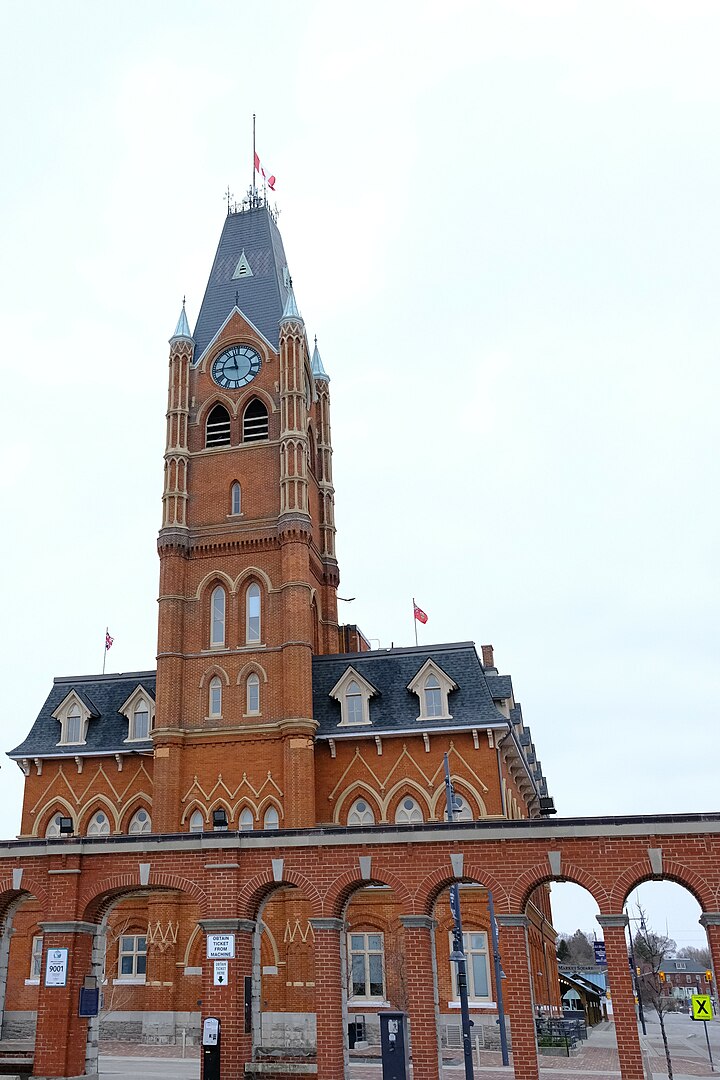
Guelph
Church of our Lady Immaculate
1846
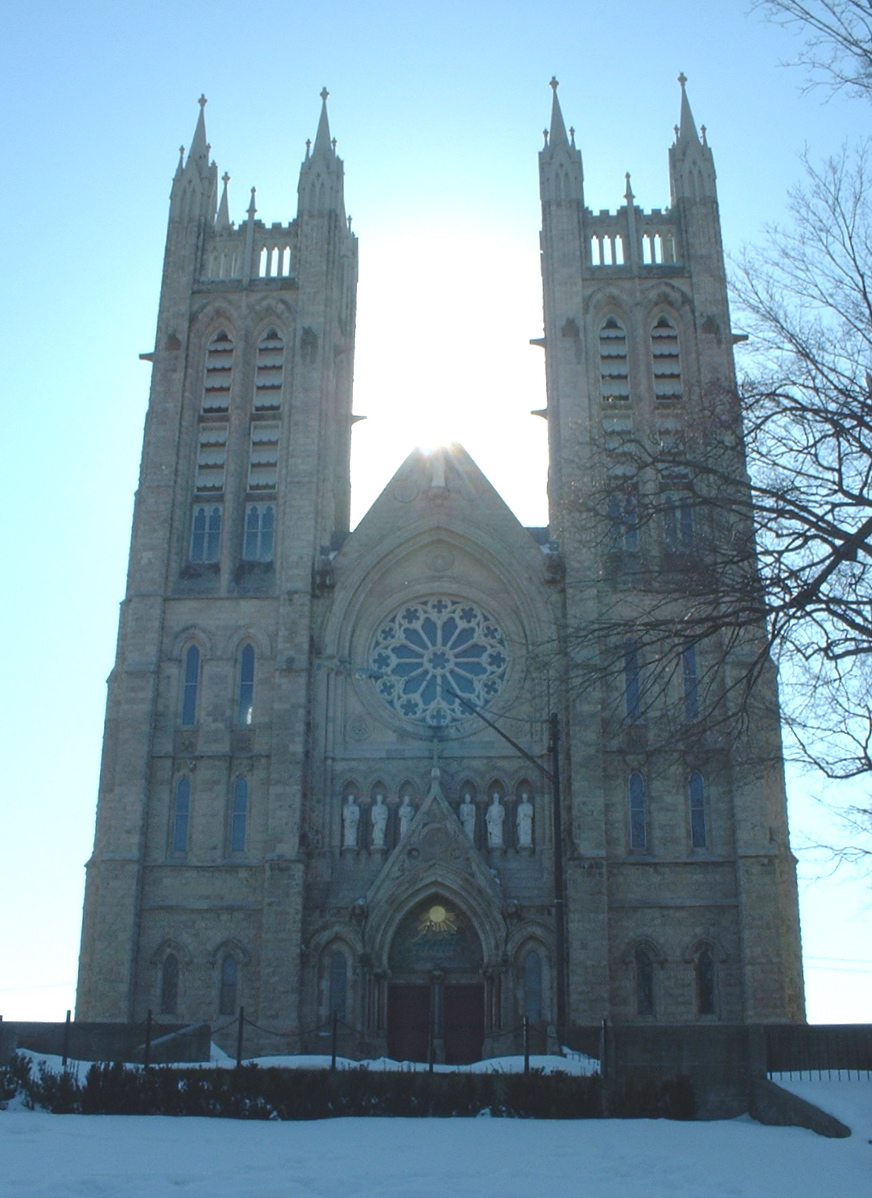
Halton Hills
Devereaux House
1860s
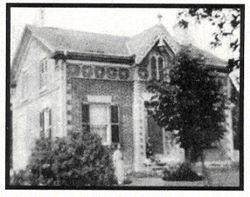
Hamilton
Cathedral Basilica of Christ the King
1933
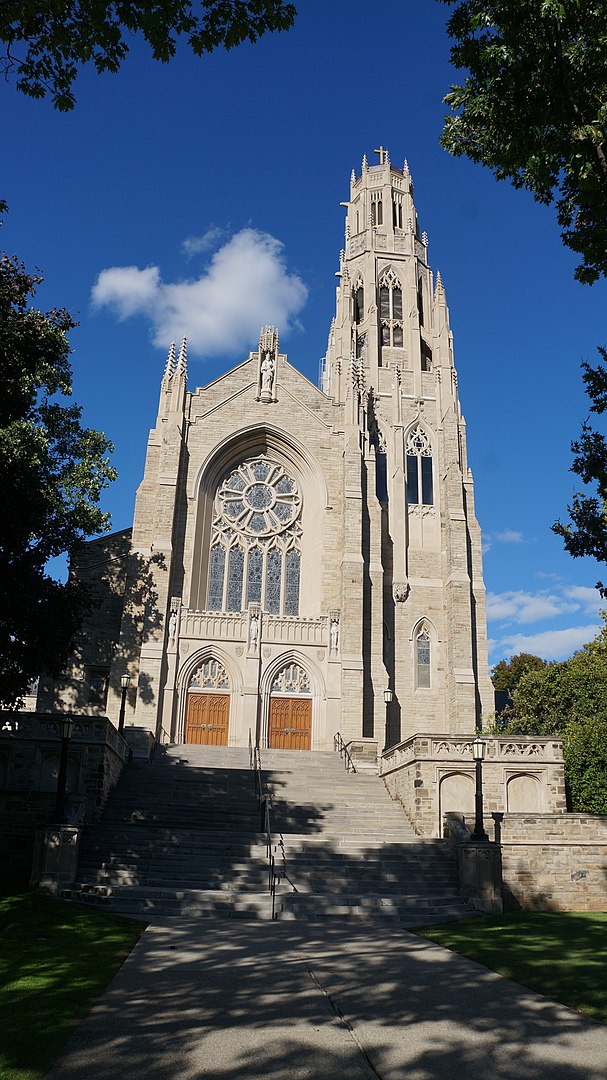
Christs Church Cathedral
1876
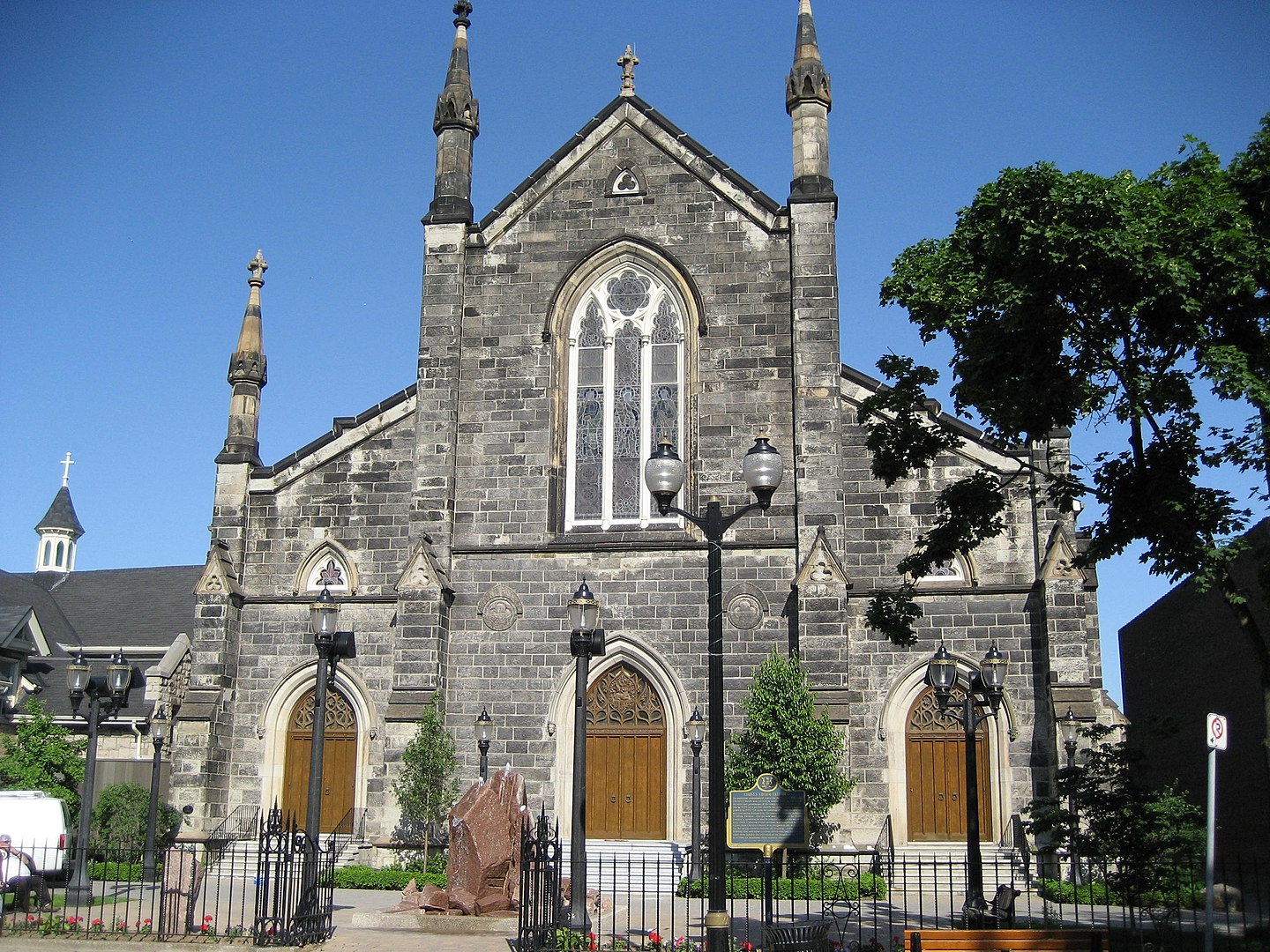
Delta Secondary School
1925
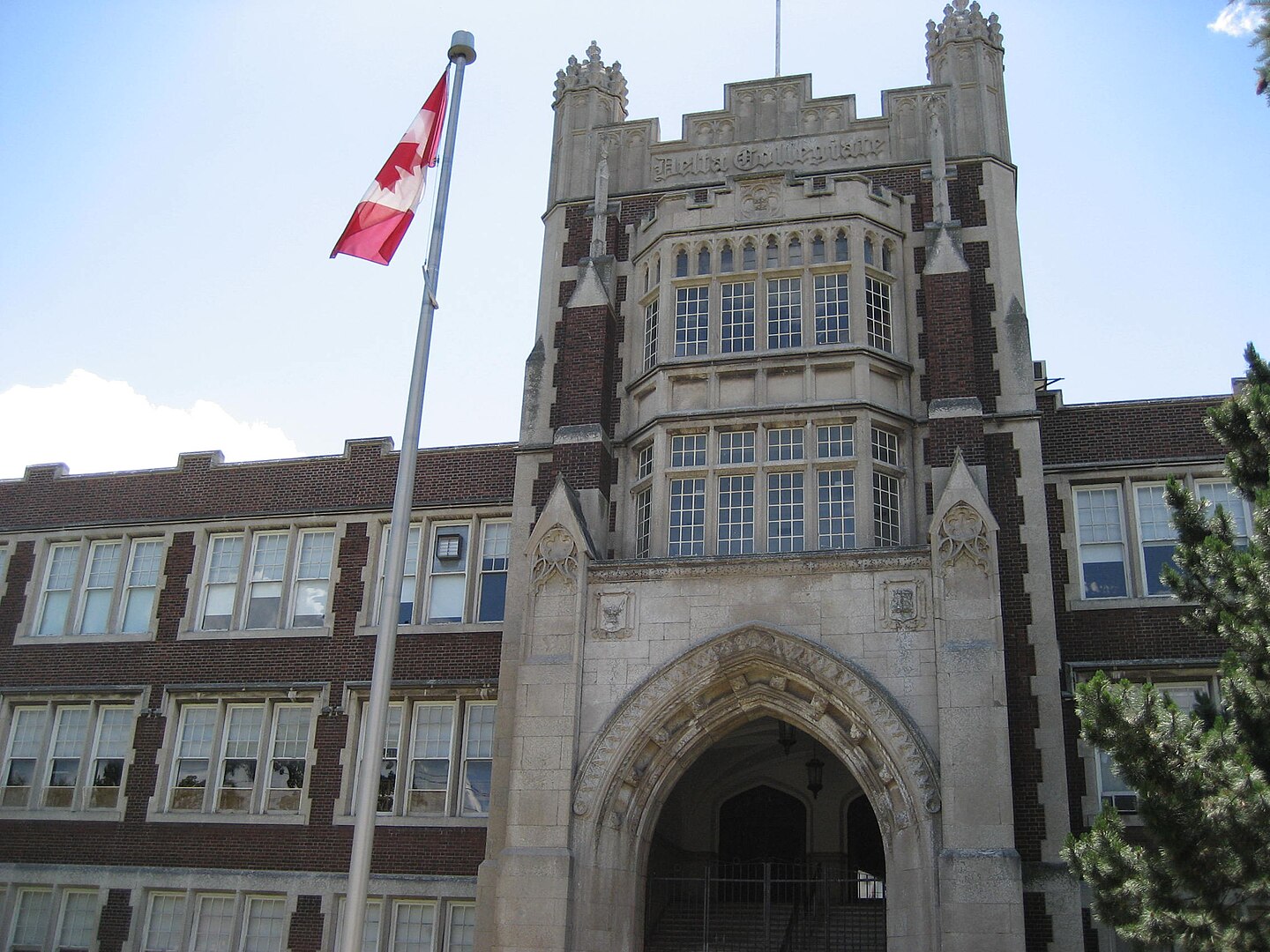
Erland Lee Museum
1873
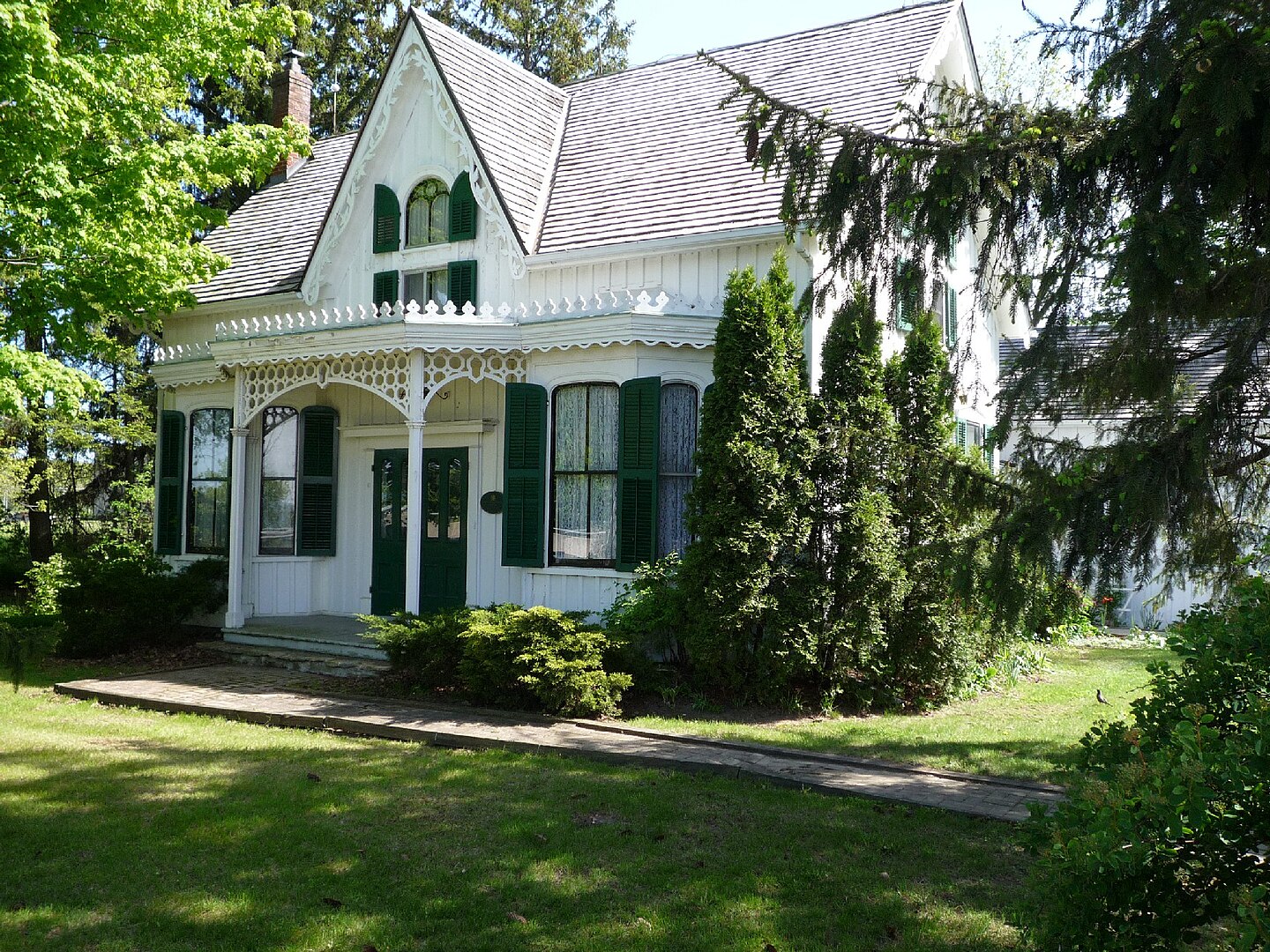
Hamilton Hall McMaster University
1926
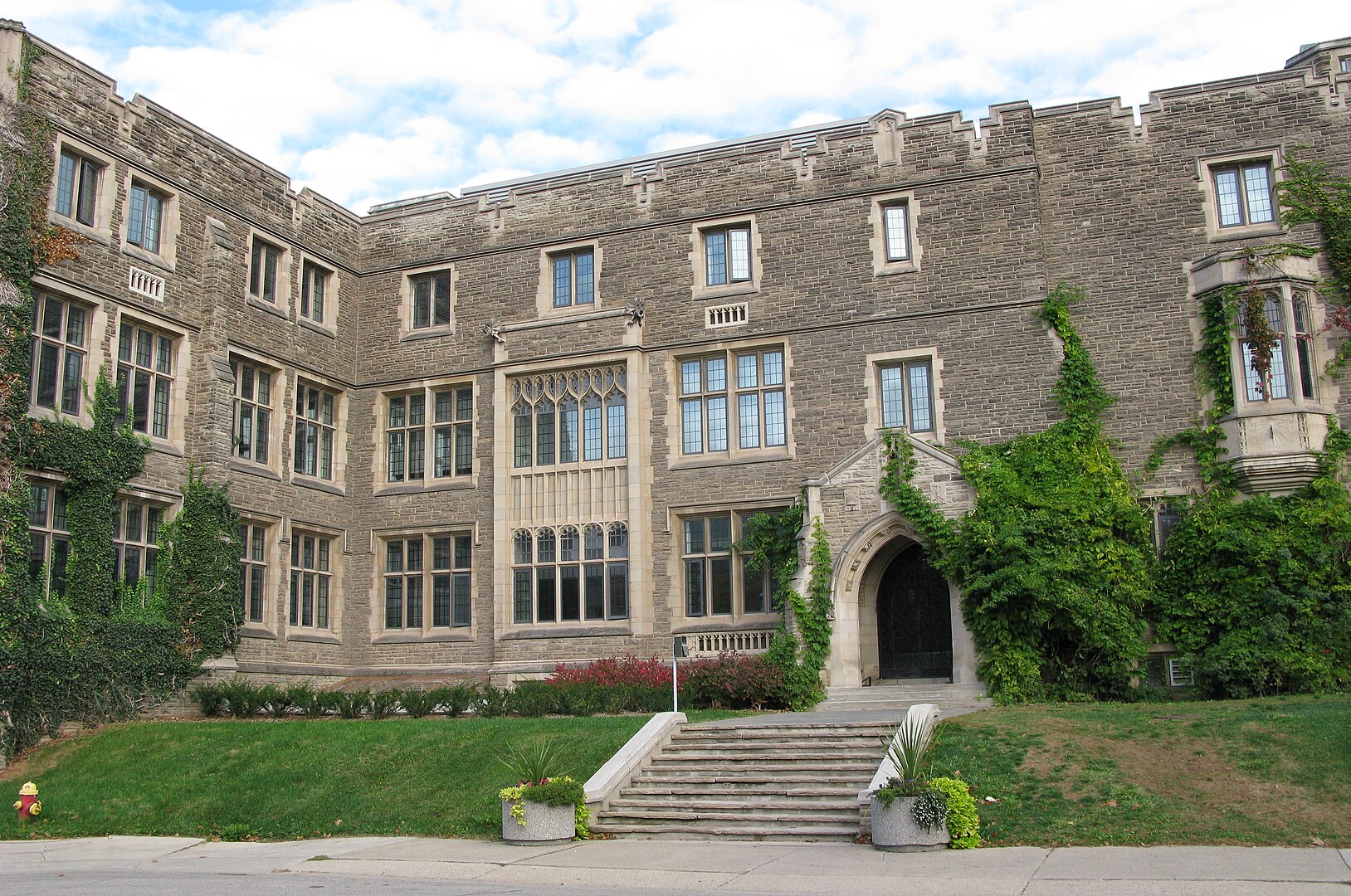
Pigott Building
1929
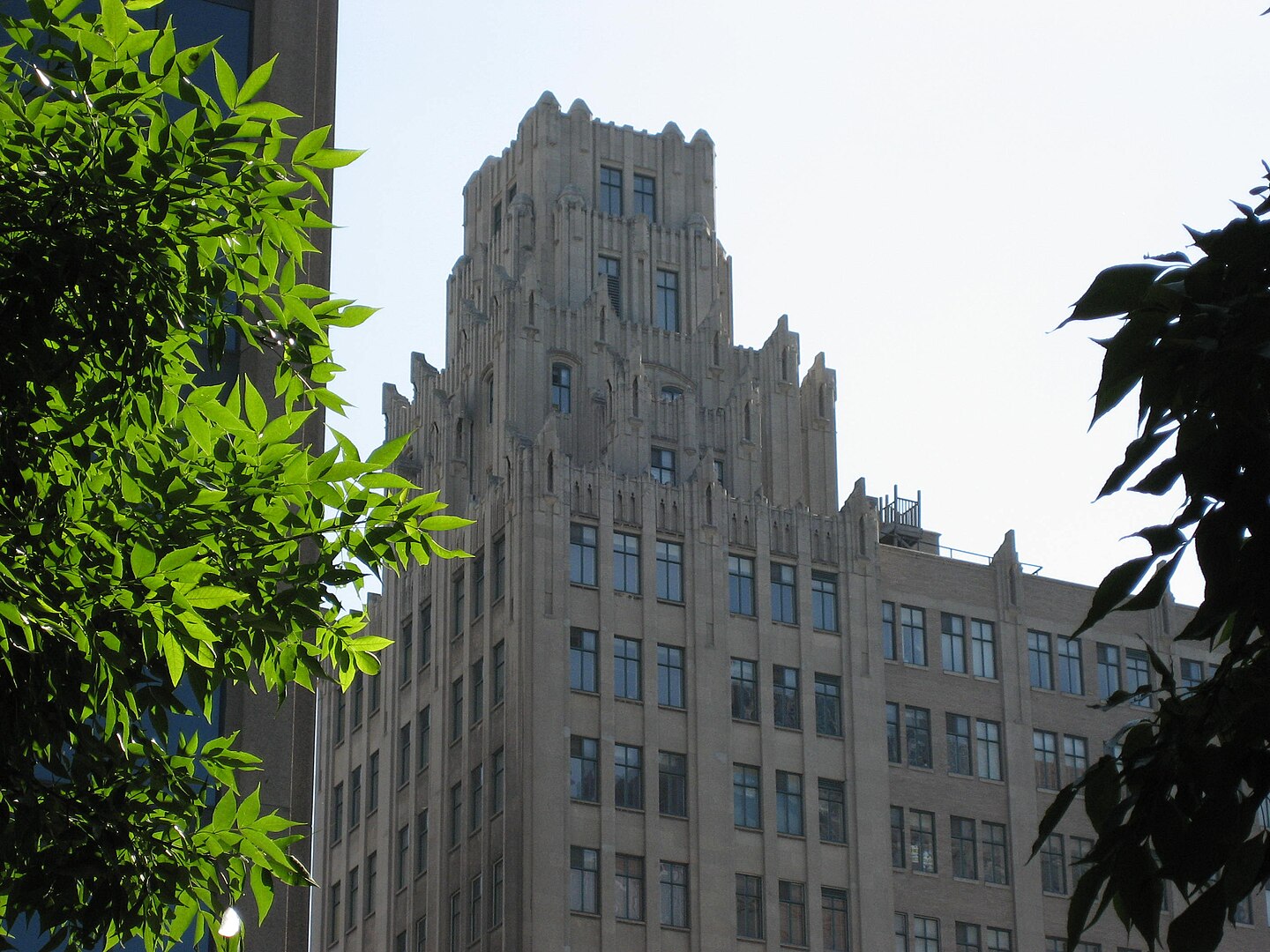
St Paul’s Presbyterian Church
1857
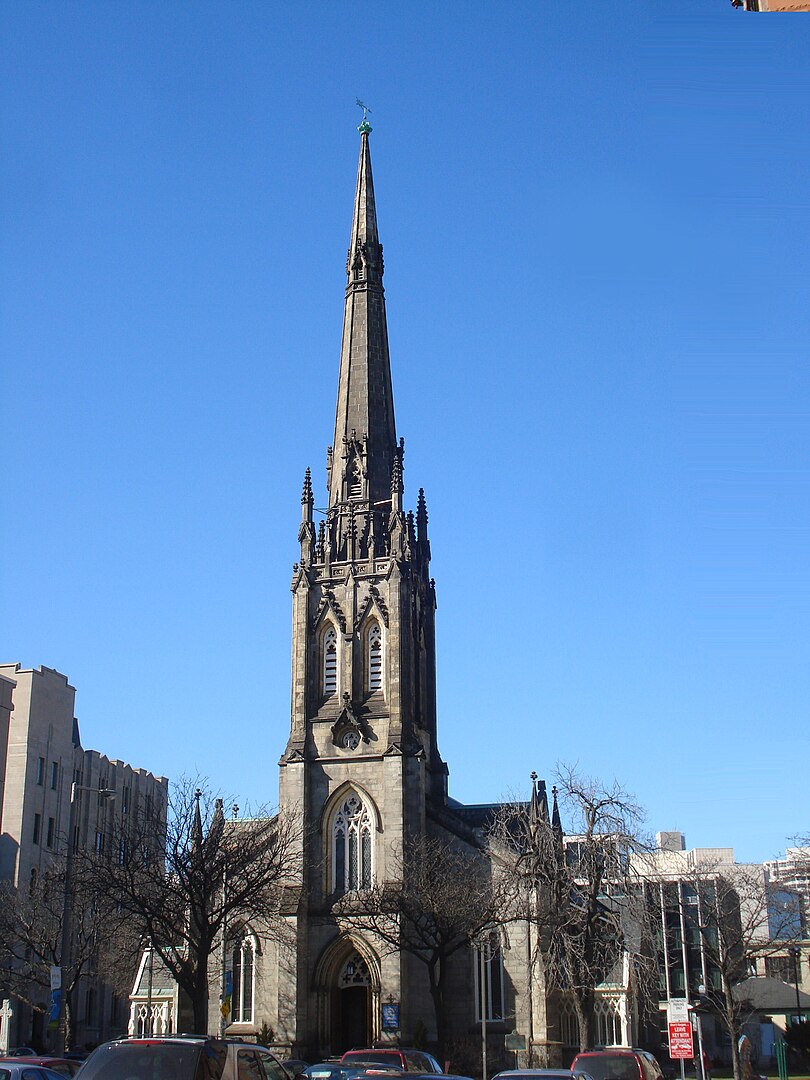
University Hall, McMaster University
1930
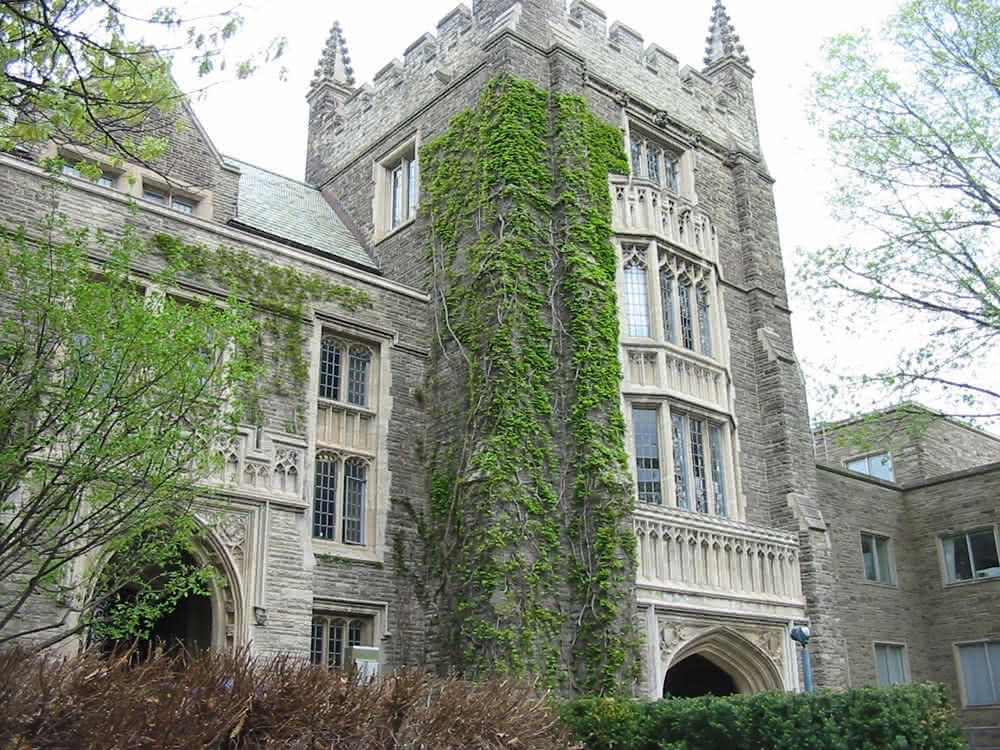
Westdale Secondary School
1931
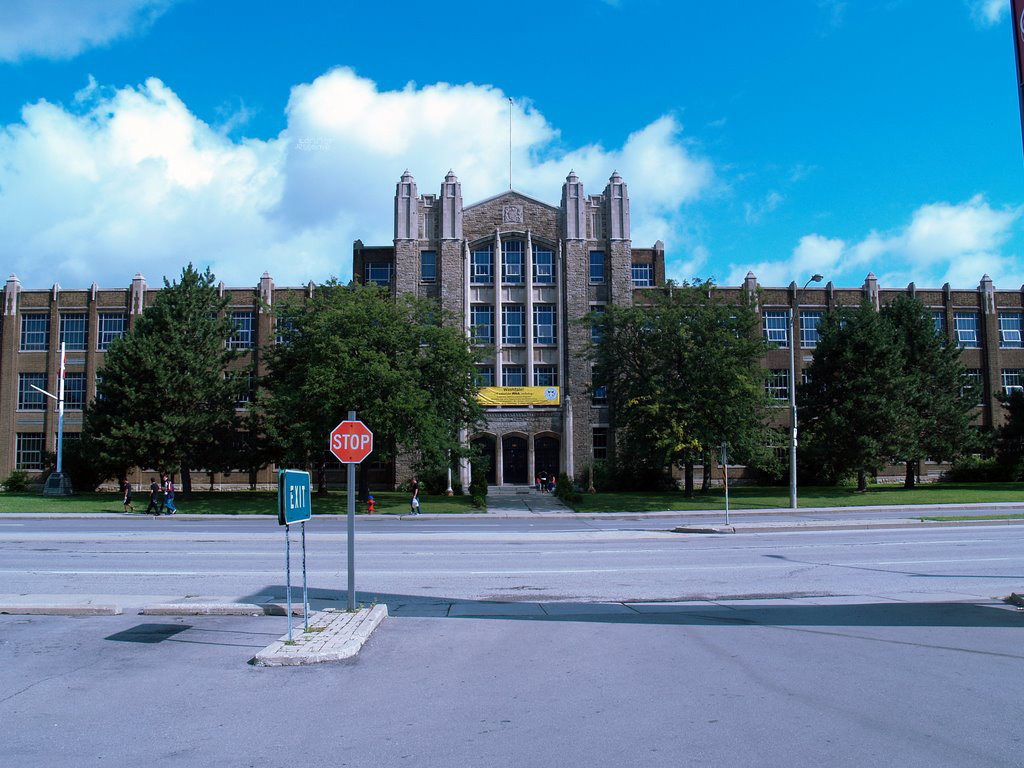
Kingston
Douglas Library, Queen’s University
1924
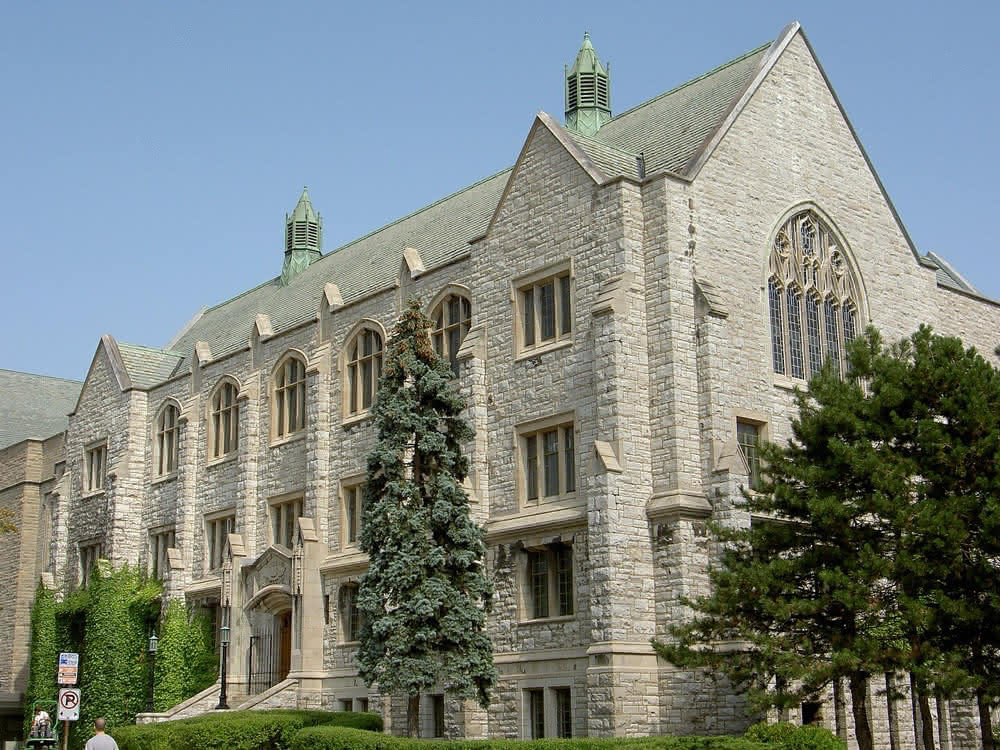
St Mary’s Cathedral
1848
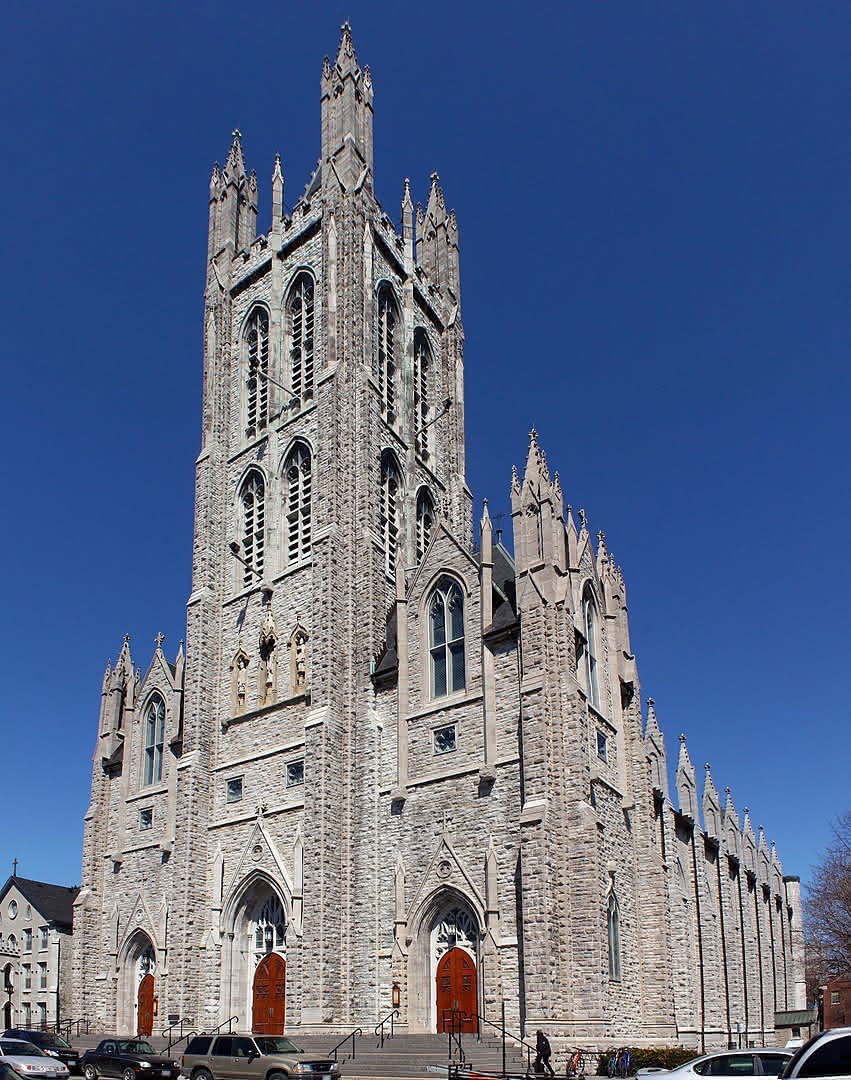
Sydenharm Street United Church
1852
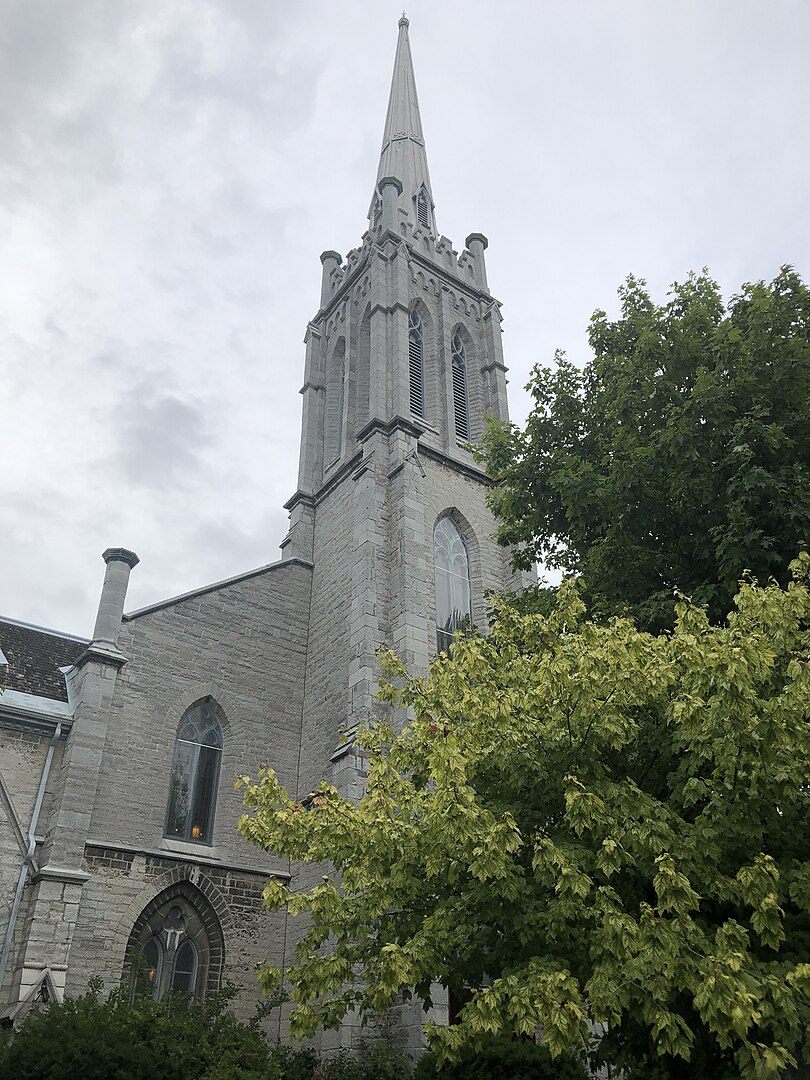
Kitchener
St Mary’s Church
1903
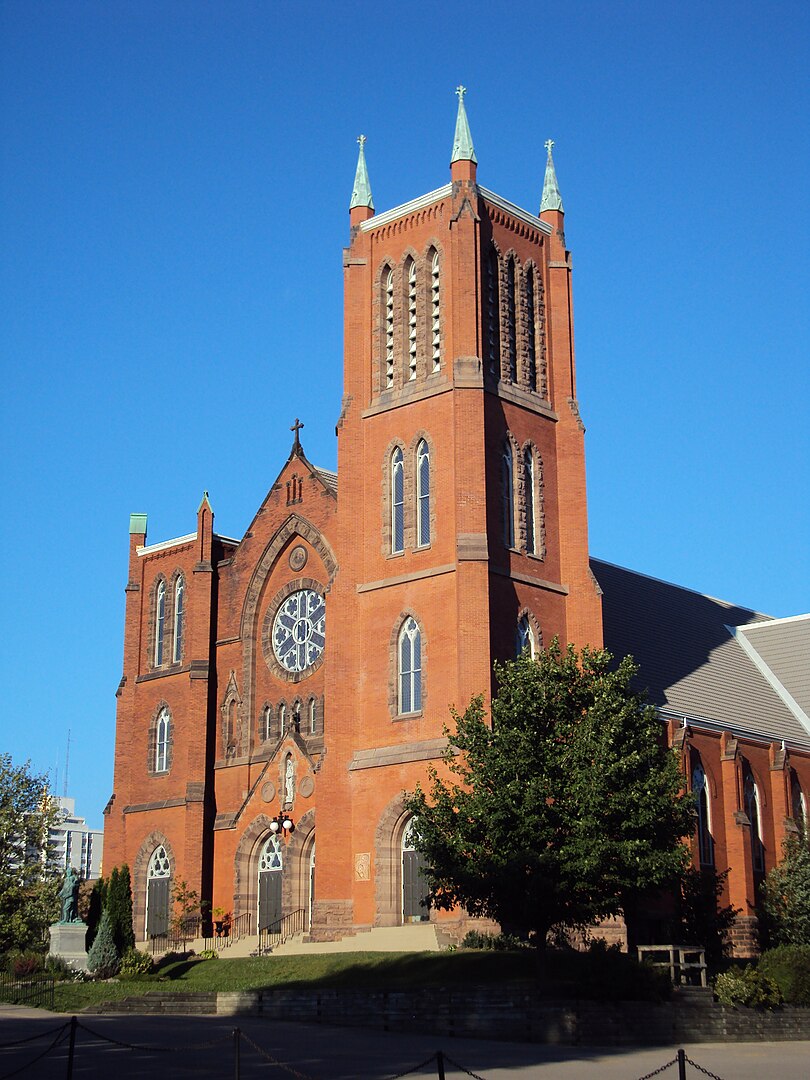
London
Middlesex County Court House
1829
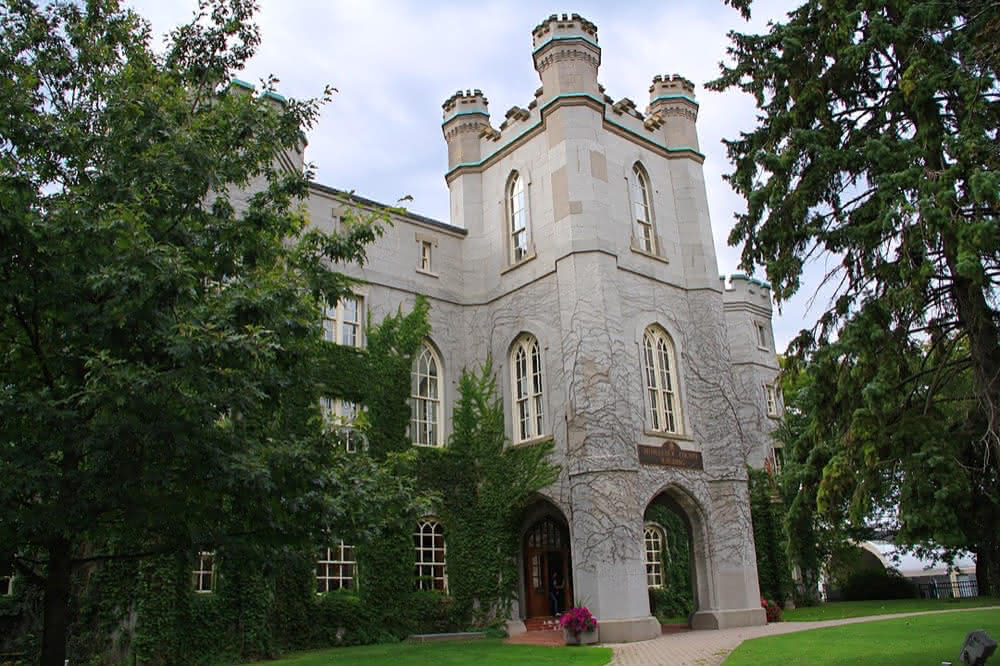
University College University of Western Ontario
1922
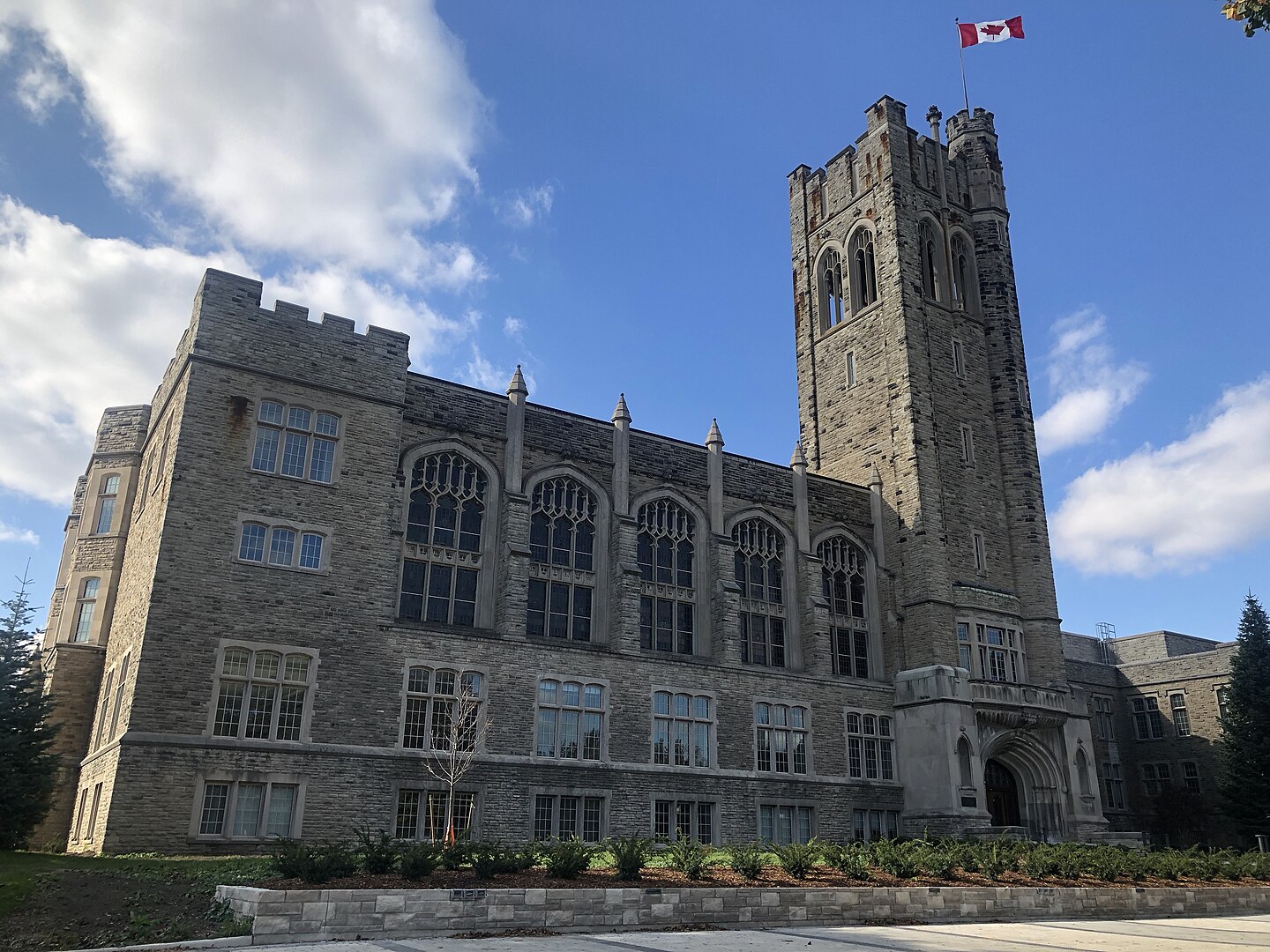
Mooose Factory
St Thomas Anglican Church
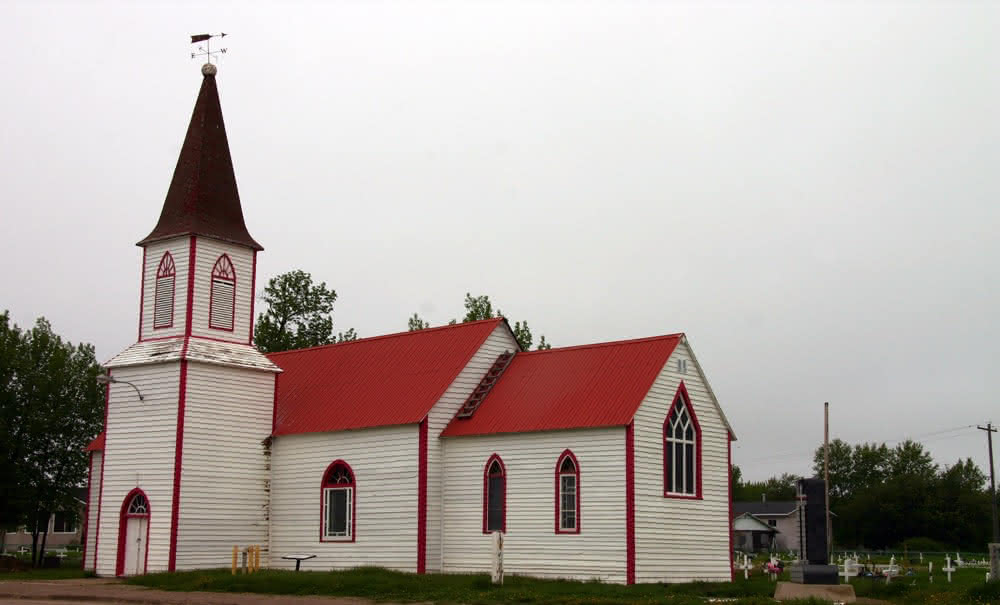
Whitby Saint Arsenije Sremac Serbian Othodox Church
1859

